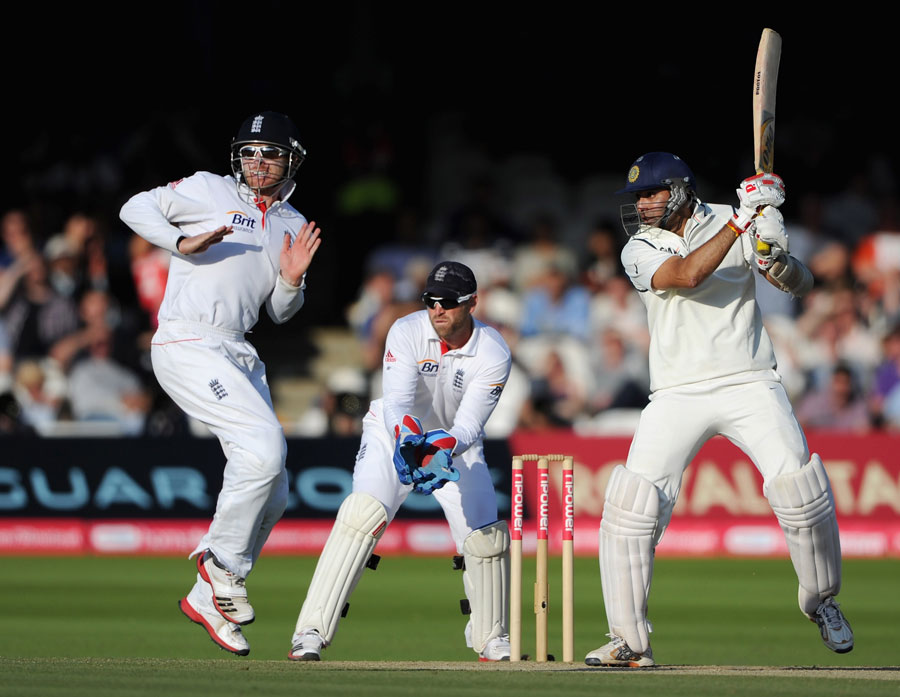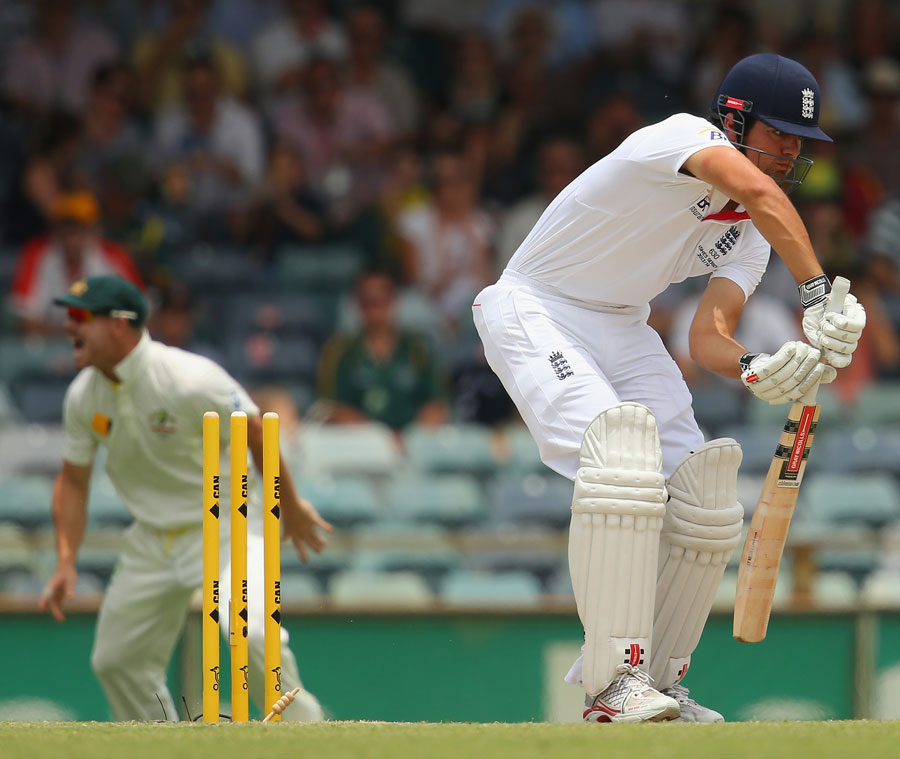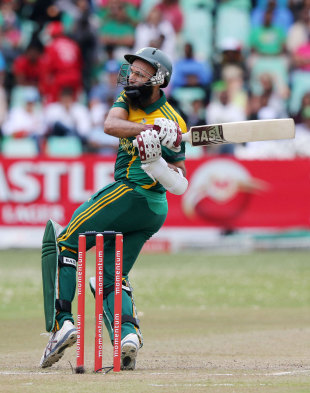Following the tragically unlucky death of Phillip Hughes when he was struck by a short-pitched delivery, Cricket Australia conducted a review into safety in the game.
At the time I asked CA's CEO, James Sutherland, if that review included batting technique. He was unsure but eventually the answer came back that the review didn't include technique.
The ignorance of that decision is now being exposed as batsmen are regularly being hit in the helmet in all forms of the game.
As a result of the review, the knowledge about the damage done to the brain by blows to the head has greatly increased and sensible concussion rules have been put in place. The concussion rules are non-negotiable, and if a batsman is unable to pass the on-field test, he can take no further part in the match.
This is even more reason why batting technique in respect to short-pitched deliveries should be given far greater importance. With just a few runs required for victory in a Test but only one wicket in hand, a game can be lost if a batsman is felled by a bouncer.
The main reason for more batsmen being hit by short-pitched bowling is the advent of helmets and protective equipment, and the increased amount of T20 cricket, which has led to a drastic change in batting technique.
Before helmets, batting technique was more inclined to the back foot, succinctly summed up by former Australia batsman Stan McCabe's edict: "Drive or play back." Now there's an increasing tendency to charge onto the front foot, emboldened by the impression that the chances of injury are severely reduced than in days past. This change in attitude makes it harder to evade short-pitched deliveries, and this is exacerbated if the batsman takes his eyes off the ball.
When talking to young players about playing short-pitched deliveries, I emphasise that it's better to ensure the ball misses the target rather than relying on chance.
If a batsman is in position to move onto the back foot once he senses a short-pitched delivery, he can make sure his head is inside the line of the delivery, thereby ensuring that even if he misses an attempted hook shot, the ball passes by harmlessly. Once a player's head is inside the line of the ball he is far more likely to watch the delivery closely because he knows he has reduced the danger.
Conversely, if a batsman is trying to hook a ball that is unerringly on a line for his head, he is almost certain to avert his eyes. This is when trouble occurs and it's more likely to happen when the player has prematurely charged onto the front foot. Once the weight is planted firmly on the front foot, it's virtually impossible to get the head inside the line of the ball unless the original path of the delivery placed the head inside the line.
There are players who have no intention of hooking but duck immediately on seeing a short-pitched delivery, and in doing so, take their eyes off the ball. This is inviting trouble, especially if the ball doesn't bounce as high as expected.
Before helmets, fewer players were hit in the head, because they had an interest in avoiding contact: it was going to hurt. Therefore they tended to watch the ball closely to make sure they didn't get hit.
Players who play the hook are rarely hit because it's a difficult shot to play and requires the player to watch the ball closely. The biggest danger for a player who hooks is of a top edge deflecting the ball onto the head.
With the increased emphasis on fast scoring in the modern game, there's a tendency to encourage young players to practise fancy shots like reverse sweeps and scoops. My advice would be to learn the traditional shots first, and, as it could cause injury and the possible loss of a match, ensure you know how to deal with the short-pitched delivery before attempting to practice any fancy shots.

 VVS Laxman set a worthy example of how to play on a pitch that takes turn: by scoring more off the back foot than off the front © Getty Images
VVS Laxman set a worthy example of how to play on a pitch that takes turn: by scoring more off the back foot than off the front © Getty Images
